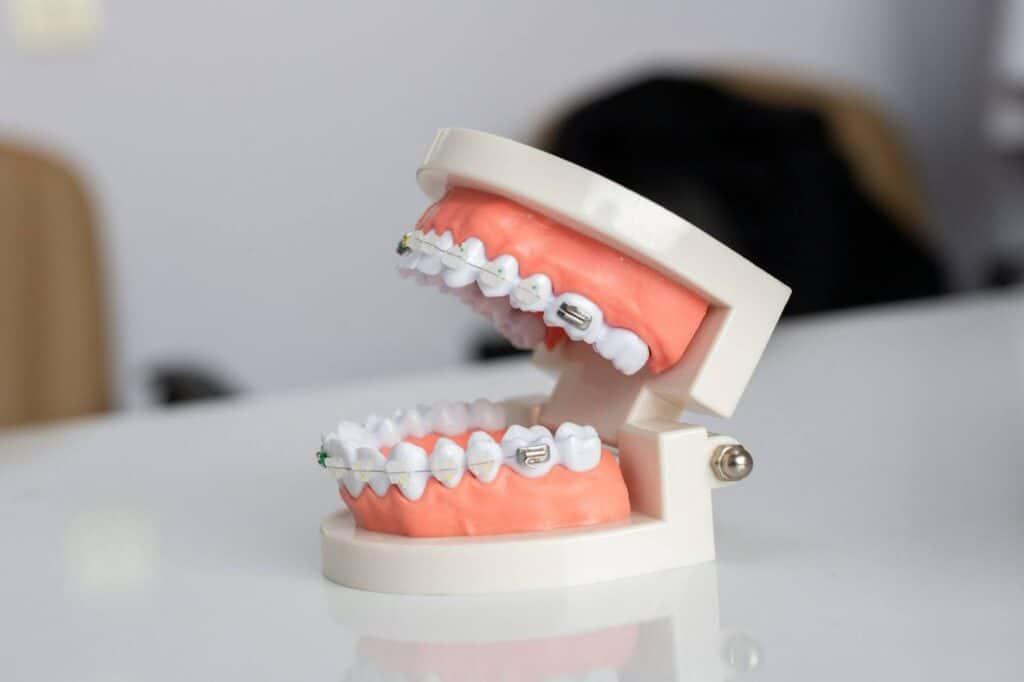By: Devin Foster
Clear aligners have revolutionized the way people think about orthodontic treatment. Thanks to rapid advancements in technology, these aligners are now more effective, comfortable, and user-friendly than ever before. Understanding how these breakthroughs are making a real difference for patients and providers alike requires exploring the latest trends in clear aligner technology and how they address common concerns like comfort, efficiency, and aesthetics.
The journey from metal braces to invisible aligners hasn’t just changed the appearance of orthodontics but transformed the entire experience. As more people seek discreet ways to improve their smiles, it’s crucial to understand what these innovations mean for the future of straightening teeth.
Overview of Clear Aligner Technology
Clear aligner technology has transformed the field of orthodontics, offering patients a more discreet and comfortable option to straighten their teeth. Gone are the days when metal braces dominated the dental landscape. Today, clear aligners provide an effective solution that fits seamlessly into modern lifestyles. Understanding this technology requires looking at its history and how it works, which reveals not only its roots but also the scientific principles behind the process.
Clear aligners first appeared in the late 1990s. It all started with Dr. Thomas M. Grubber, who developed the first prototype for a clear aligner system. His goal was to create a less noticeable alternative to traditional metal braces. In 1999, this idea took shape when the Invisalign brand was officially launched. This innovative product offered a more comfortable and aesthetic solution for patients.
Over the years, there have been several key milestones that shaped the evolution of clear aligners. In 2000, Invisalign received FDA approval, marking a significant leap forward. As the technology progressed, advances in 3D modeling and computer imaging allowed for more precise treatment plans. By the 2010s, numerous companies emerged with their own versions of clear aligners, expanding options for consumers.
The market is booming, and countless patients have benefited from this remarkable technology. Different brands now provide customized treatment plans, incorporating sophisticated software to design aligners that fit perfectly to each individual’s dental anatomy.
The mechanics of clear aligners are fascinating. Understanding how they work can clarify their effectiveness. The process starts with a consultation at an orthodontist’s office. During this appointment, the dentist examines your teeth, takes X-rays, and often creates digital impressions. These steps provide a detailed view of your dental structure.
Once the initial assessment is done, a personalized treatment plan is crafted. This plan outlines the exact movements required to gradually shift your teeth into the desired position. Using advanced 3D computer technology, a series of custom aligners are designed. Each aligner is slightly different, allowing your teeth to shift in stages.
Wearing the aligners is simple. You need to change them roughly every one to two weeks, depending on your specific treatment plan. It’s essential to wear them for 20 to 22 hours a day for optimal results. The aligners apply gentle pressure on your teeth, gradually moving them into the correct position.
Throughout the treatment, regular check-ups with the orthodontist are necessary to monitor progress. These visits help ensure everything is on track and allow for any adjustments if needed.
“One of the premier aspects of clear aligners is their invisibility,” says Dr. Scott Schmidhauser, DMD. “Most people will never notice that you’re undergoing orthodontic treatment.”
They can be removed, making eating, brushing, and flossing easy. This flexibility encourages better oral hygiene, which is crucial for maintaining healthy teeth during treatment.
Clear aligners not only provide excellent aesthetics and comfort, but they are also effective for a variety of dental issues. They can treat crowding, spacing, and even some bite problems. However, not every case is suitable for clear aligners. Severe orthodontic issues might still require traditional braces.

Recent Advancements in Clear Aligner Technology
One of the remarkable advancements in clear aligner technology is the integration of 3D printing. This process is revolutionizing how we create aligners, allowing for precision like never before. With 3D printing, orthodontists can generate custom-fit aligners tailored to each patient’s unique dental structure. This means no more one-size-fits-all approaches.
3D printing provides a detailed digital model of a patient’s mouth, which can be adjusted and printed with incredible accuracy. This technology speeds up the production process and improves the fit of the aligners. A snug fit means increased comfort and better treatment efficiency. Additionally, the ability to make rapid changes is a game-changer.
Smart technology integration is enhancing the user experience in ways we couldn’t have imagined a few years ago. With the aid of artificial intelligence and mobile apps, monitoring treatment has become more interactive and engaging. Many companies are now offering apps that keep track of patients’ progress. These apps can remind wearers when to switch aligners and provide personalized feedback based on their compliance.
The materials used in clear aligners have also seen significant improvements. Traditionally, aligners were made from a single type of plastic. Now, advancements in material science mean that orthodontists can choose from a range of innovative options. These materials are designed specifically to increase comfort, durability, and aesthetic appeal.
For starters, new materials are being developed that provide a better balance between strength and flexibility. This means the aligners can exert the right amount of pressure on teeth while remaining comfortable to wear throughout the day. Patients no longer have to worry about sharp edges or discomfort. The smoother surface of new materials makes it easier to maintain dental hygiene, too.
Aesthetic appeal has also taken a leap forward. Clear aligners need to be inconspicuous, and the latest innovations help ensure they are less detectable than ever. Patients can smile with confidence, knowing that their alignment journey is practically invisible to others.
Future Trends in Clear Aligner Technology
Clear aligner technology continues to transform how people achieve their dream smiles. As we look ahead, it’s clear that exciting developments are on the horizon. From enhanced accessibility to potential integrations with other dental technologies, the future of clear aligners aims to be innovative and user-friendly.
One major trend shaping the future of clear aligners is the push for increased accessibility. Traditionally, orthodontic treatments were often considered luxury services, primarily available to those with the financial means to afford them. However, as clear aligner technology evolves, initiatives are emerging to broaden access for everyone.
As technology advances, the future may bring exciting integrations between clear aligners and other dental technologies. The potential for these integrations is vast and aims to enhance the efficacy of treatment while creating a more engaging patient experience. As patients become more involved in and informed about their treatment, they may feel more empowered and satisfied with their orthodontic journey.
The future of clear aligner technology is filled with advancements that aim to enhance accessibility and integrate seamlessly with other dental technologies. As these trends take shape, they will reshape the landscape of orthodontics, making it easier for everyone to improve their smiles. Embracing these changes may not only lead to better outcomes for patients but also foster a new era of oral health awareness and proactive care.
Published by: Nelly Chavez

















